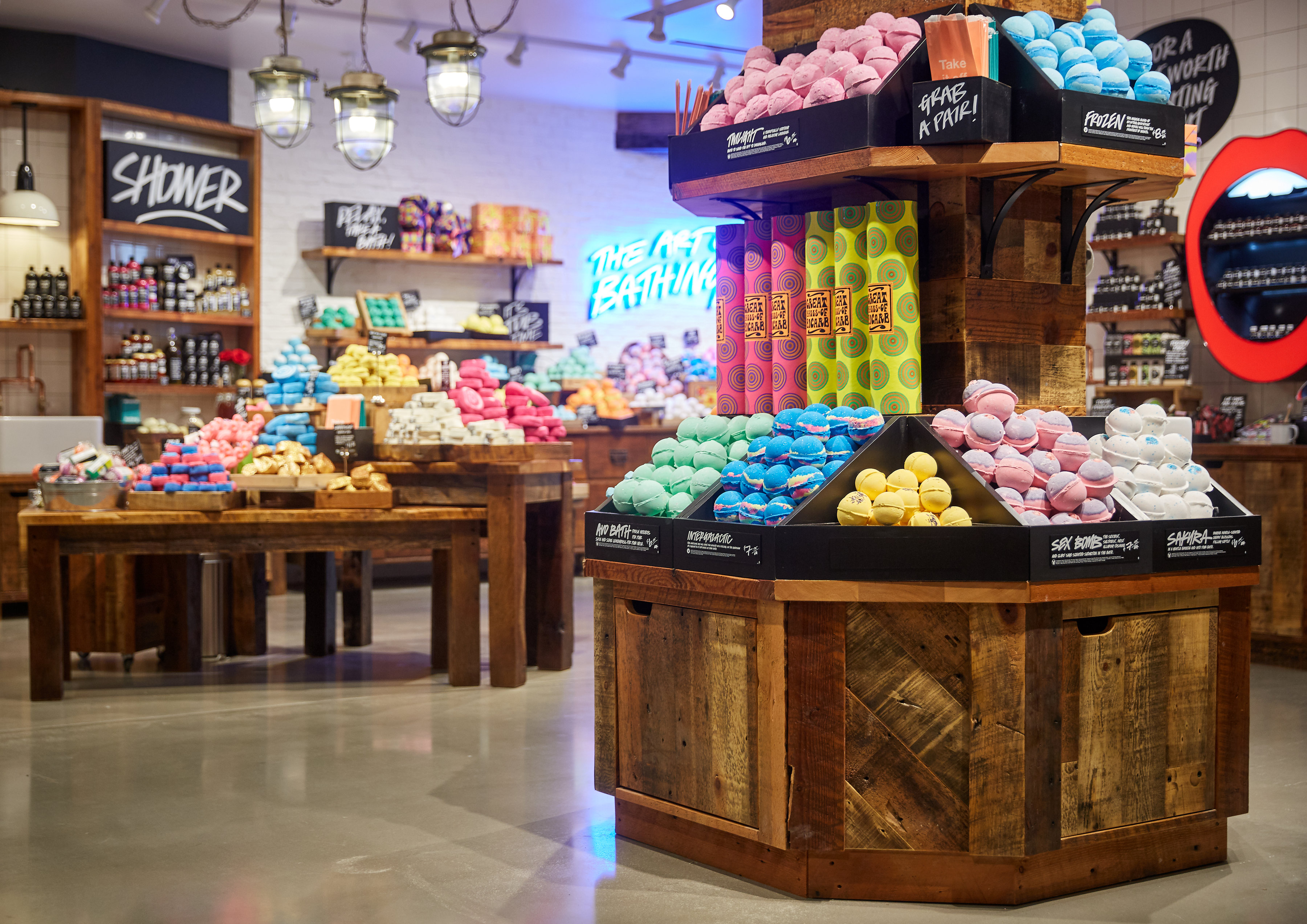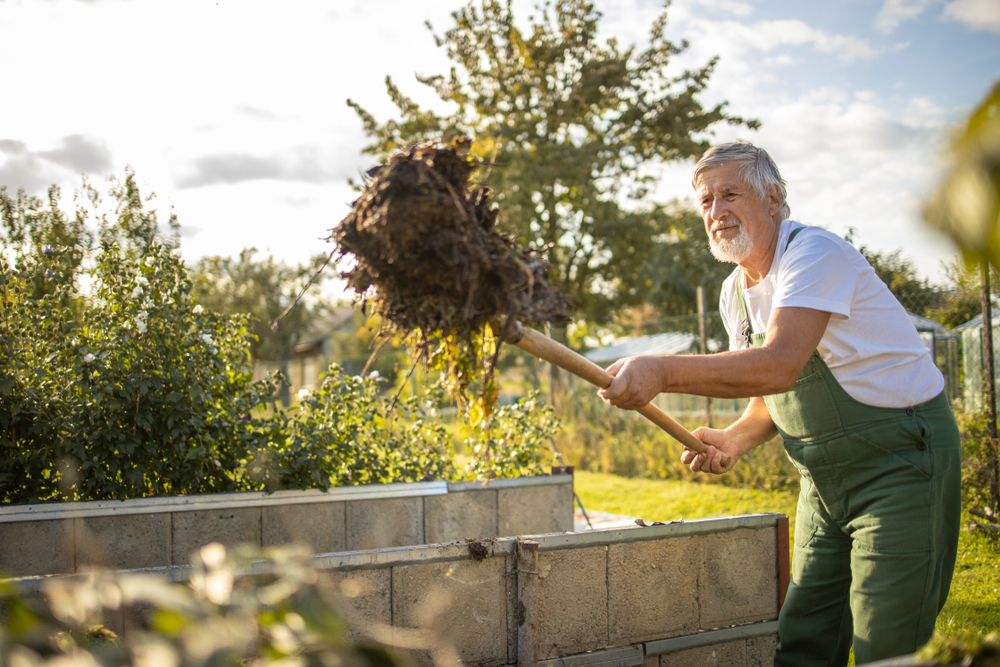At GreenBiz, we’ve been reporting on the world of sustainable business for over two decades, but this year has been unlike any other. From an unprecedented pandemic to a global economic downturn to the intensifying impacts of climate change, we can’t say we’ll miss 2020. But there were many valuable lessons learned over the past 12 months.
Some of those can be found in the top GreenBiz stories of the year, as “measured” by reader traffic. While COVID-19 cut through almost all of our coverage — just like it cut through our everyday lives this year — other hopeful stories shined through. GreenBiz readers got excited about climate change solutions that ranged from the new, from the emerging potential of hydrogen as an energy source to changes in plastics manufacturing, to the ancient, such as planting trees. Readers also sought glimmers of hope in this year; you were drawn to stories about COVID-19’s positive impact on air pollution and what the sustainability field can do to be more actively anti-racist and pro-diversity.
Without further ado, here are the top 10 most widely read stories and reports from the past 12 months, brought to you by our analysts, editors and other members of the GreenBiz community.
And as we look forward to next year, do you have any notes on our coverage — things you want to see more or less of in the upcoming year? Feel free to shoot us an email at editor@greenbiz.com; we greatly appreciate any and all feedback.
1. Transportation habits are changing drastically. Fleet electrification strategies gained steam throughout the year, with all-electric heavy-duty big rigs, semi-trucks, box trucks, delivery vans and more in the spotlight.

Daimler, the largest truck maker in the world, expects to have the 250-mile-range Freightliner eCascadia model in production during 2021.
The hottest trend of the year was the electrification of transportation, which is on the precipice of a major upswing: Less than 1 percent of fleet vehicles were electric at the beginning of the year, but that number is expected to grow to 12 percent by 2030.
We named eight of the biggest players in the space so sustainability professionals know what and who to watch out for. From relative giants such as Tesla to newcomers like startup Rivian and Chanje, we stand by this list.
READ THE FULL STORY: 8 electric truck and van companies to watch in 2020.
2. The pandemic and subsequent stay-at-home orders had an unintentionally positive and significant initial impact on air pollution.

Over 45 states were under stay-at-home orders at one point in the spring due to the COVID-19 crisis. A resulting drop in regional traffic, along with reduced industrial and commercial activity, led to a significant drop in air-polluting emissions.
These emissions reductions are obviously short-term, unintended consequences of the pandemic. But they show that just as human activities have caused our changing climate and the impacts we’re experiencing today, human activities can also slow and reverse the phenomenon.
READ THE FULL STORY: The stunning impact of COVID-19 social distancing on air pollution & To make offices safe during COVID-19, buildings need a breath of fresh air & How coronavirus will affect 4 key environmental issues
3. Clean beauty and fashion are trendy. But the industries need to push beyond recycling.

Some of the biggest contributors to the plastic crisis are the cosmetics and fashion industries.
In the $500 billion-per-year cosmetics space, small-scale packaging leads to large-scale single-use plastic waste. But solutions exist, and we wrote about them. At beauty and hygiene products company Lush, for example, working to implement zero-waste when possible has led to innovation across the board
In fashion, similarly, going the extra mile takes an innovative approach. A new technology of this sort, chemical garment-to-garment recycling, was one of your favorite stories of the year.
Investors such as H&M are already forging ahead.
READ THE FULL STORY: How cosmetics retailer Lush is making purposeful profit through circular processes & Fashion’s latest trend? Why H&M, other big brands are investing in garment recycling
4. What’s next for the chemicals industry amid a growing public backlash against plastics? New types of manufacturing processes with the promise to infinitely reuse plastics.

Tupperware’s portable, reusable Tupperware Eco Straw and a new drinking tumbler are both made from a lightweight, phthalate-free circular PP polymer from SABIC.
Our story with an inside look into Eastman Chemical’s factory was a hit earlier this year. Eastman is one of the largest U.S. chemical companies, and it has faced criticism in the past few years along with other chemical companies as plastics have grown as an issue in the public’s consciousnesses.
But it claims to have a response to these concerns. That includes two new technologies. Carbon renewal technology, or CRT, breaks down waste plastic feedstocks to the molecular level before using them as building blocks to produce a wide range of materials and packaging. Polyester renewal technology, or PRT, involves taking waste polyesters from landfills and other waste streams and transforming them back into a raw material that the company claims is indistinguishable from polyester produced from fossil-fuel feedstocks.
In addition, other stories on plastic production piqued readers’ interest. A story about Tupperware’s new sustainable production processes, for example, was one of our most-read articles.
Any and all new solutions to the plastics crisis will be welcome in 2021, given that this year has seen record new plastic production thanks to the pandemic.
READ THE FULL STORY: Inside Eastman’s moonshot goal for endlessly circular plastics & Tupperware inches toward circular processes, one plastic container at a time
5. Planes remain among the most polluting means of transport. Is there a way to reduce their emissions?

The largest all-electric plane has just completed a half an hour flight in the United States.
Readers devoured GreenBiz stories on the emerging technologies powering electric aviation and the companies behind them. Though the technology isn’t quite there yet, the certification process is long and the process is expensive, the electric aviation industry is still taking off.
That’s because flights under 500 miles are within the range of an electric motor. Roughly 45 percent of all global flights meet this standard — presenting a massive opportunity.
READ THE FULL STORY: 6 electric aviation companies to watch & 7 urban air mobility companies to watch
6. Humanity’s destruction of biodiversity fosters the conditions for emerging diseases such as COVID-19.

If this year has shown us anything, it’s that the health of our planet and the health of humans are inextricably linked.
Research suggests that outbreaks of animal-borne and other infectious diseases such as Ebola, SARS, bird flu and COVID-19, caused by a novel coronavirus, are on the rise. Meanwhile, humans have continued destructive practices such as deforestation and agricultural expansion. Case in point: The world has lost 60 percent of all wildlife in the last 50 years while the number of new infectious diseases has quadrupled in the last 60 years.
These stories hit home with readers this year, and we’ll continue to cover stories in this vein, because we expect to see more events like this in the future.
READ THE FULL STORY: Biodiversity, pandemics and the circle of life & Destroying habitats has opened a Pandora’s box for new diseases to emerge
7. Coal-fired power plants are closing, and those economic and social ecosystems are collapsing around the country. A just transition to renewable sources such as hydrogen could ease the pain.

Hydrogen is still an emerging source of renewable energy. But it’s a massive opportunity: It’s the most abundant element in the universe, and capturing hydrogen is simple, in theory.
Old coal plants could be easily transformed into new hydrogen plants to produce GHG-free energy, according to some industry insiders, while providing good jobs for hard-hit communities.
READ THE FULL STORY: You say old coal plant, I say new green hydrogen facility
8. Agriculture as a climate change solution rather than a cause of climate change

We all want an agricultural system that can enough food for the growing global population sustainably. But certain agricultural practices that aim to increase crop yields such as clear-cutting release greenhouse gases that had been trapped in the soils into the atmosphere. The practices of “regenerative agriculture” promise to do the opposite: these farming and grazing practices rebuilding soil organic matter and restoring degraded soil biodiversity, resulting in both carbon drawdown and improving the water cycle. Our stories on the topic struck a chord with you this year.
In 2020, food companies delved even deeper into how agricultural practices can sequester carbon in the land rather than release it. Two of the world’s largest food companies, General Mills and Danone North America, have set specific targets and worked to extend their support to farmers in their supply chains that are picking up these practices this year.
These new programs have already been implemented for oats and wheat farmers who want to participate across a range of experience, ages and farm sizes.
READ THE FULL STORY: General Mills, Danone dig deeper into regenerative agriculture with incentives, funding
9. Planting trees isn’t exactly the next big thing — or is it? Companies are investing in nature-based climate change solutions such as planting trees to draw down carbon.

Our inside look at two exciting tree-planting initiatives resonated with you this year. One is a hot new tree-planting startup whose investors include an Uber founder and whose buyers include Microsoft and Shopify resonated with you this year.
The startup, Pachama, has a unique value proposition: it offers a verified marketplace for carbon credits. That’s crucial for companies who want to buy credits after committing to going carbon neutral and even carbon-negative. Pachama both sells carbon credits by working with land managers who are using carbon-sequestering practices, and verifies the quantity of carbon they’re storing via a unique combination of satellite images, LiDAR and machine learning.
Still, “if the planet continues waking up to the reality of climate change and the urgency of action, we believe that carbon markets will continue to expand,” Diego Saez-Gil, the founder of Pachama, said.
Meanwhile, SilviaTerra, another cleantech startup, has been able to create a “basemap” of every acre of forest in North America, down to the species and size of every single tree. To do this, SilviaTerra used machine learning to build the map, based on satellite and sensor data from sources such as NASA. It lays critical groundwork for landowners to participate in markets for carbon storage and other ecosystem benefits.
Companies like these will be crucial to watch in the next year, as carbon credit markets continue to grow.
READ THE FULL STORY: Why Silicon Valley is taking a big interest in trees
10. Proponents of the Black Lives Matter movement that surged into the public eye this summer took on the sustainability space.

Shutterstock
This summer, the U.S. experienced a long-overdue racial reckoning. Following the death of unarmed Black man George Floyd at the hands of the Minneapolis police, white America received a reality check about the racism and discrimination happening in this country.
The worlds of clean energy, corporate sustainability and cleantech were not spared. Some key themes that emerged among the GreenBiz readership this year included solidarity and environmental justice, the movement that advocates that low-income and marginalized communities and populations should not be disproportionately exposed to adverse environmental impacts.
READ THE FULL STORY: How racism manifests in clean energy & How sustainability professionals can uplift the Black community

